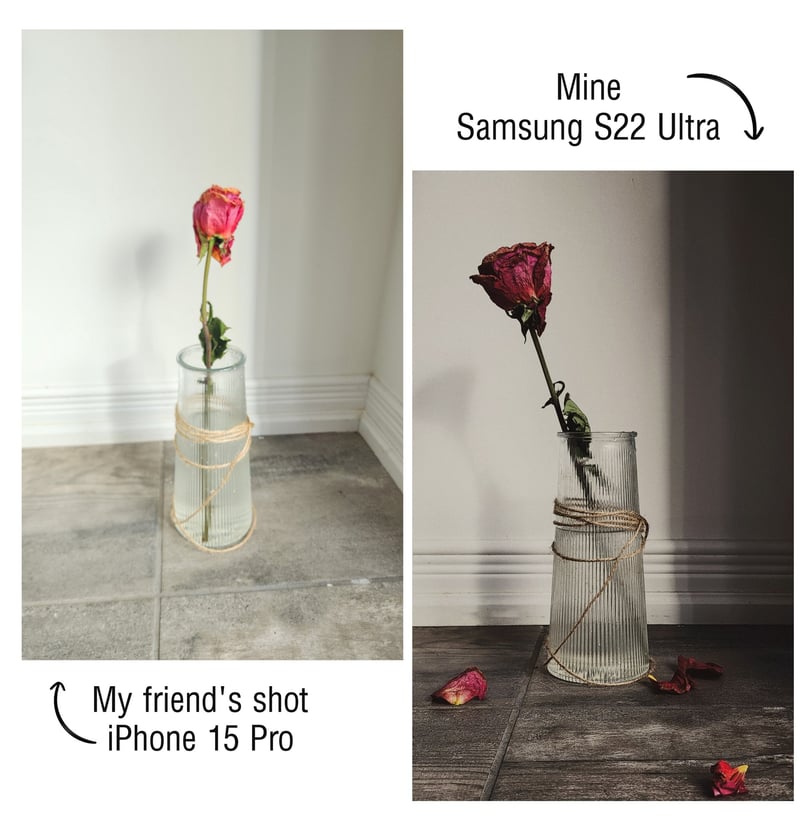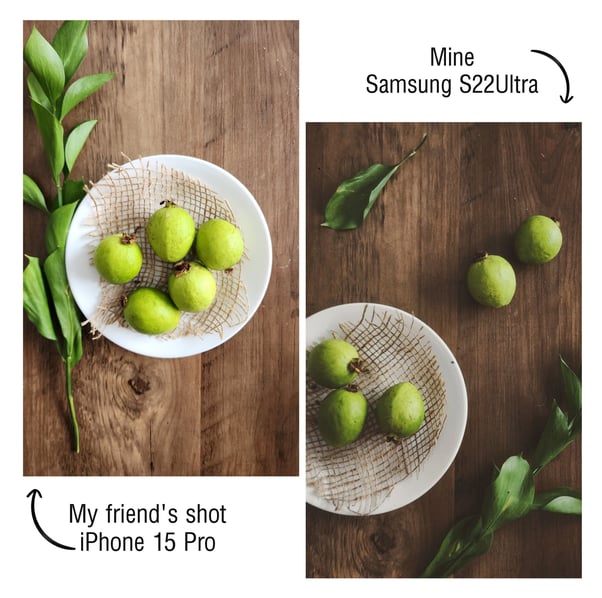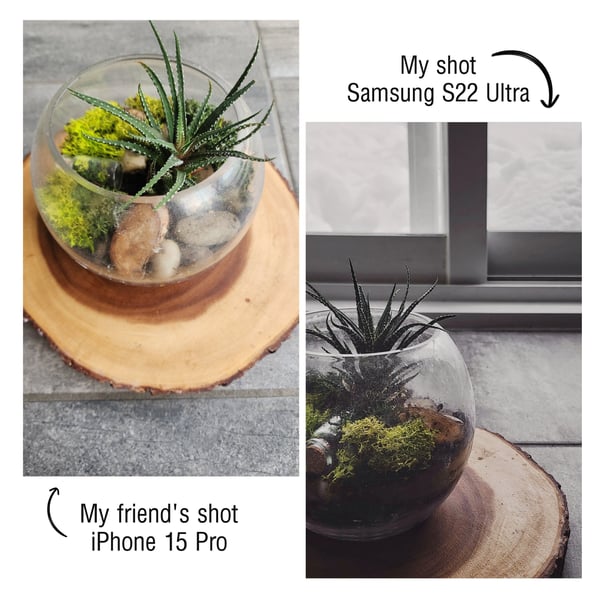Amateur vs. Pro Mobile Photographer: What Really Sets Them Apart?
Anastasia Nikolenko
3/2/20253 min read


Amateur vs. Pro Mobile Photographer: What Really Sets Them Apart?
A friend asked me the other day, “I have a good smartphone and have been taking great pictures for years—can I call myself a pro?”
I smiled and said, “Let’s put it to the test. Join me for a photoshoot challenge, and we’ll find out!”
In the world of mobile photography, the line between amateur and professional isn’t drawn by the price of a camera—it’s about the vision behind the shot. With smartphones getting more powerful every year, anyone can take a great photo, but what truly separates an amateur from a pro? Let’s dive into the key differences.
1. Vision & Mindset
Amateur: Takes photos randomly, often without a clear subject or intention.
Pro: Sees the world differently—anticipates moments, composes shots intentionally, and tells a story with every image.
A pro doesn’t just snap a picture; they create an image with purpose. They think about mood, message, and composition before pressing the shutter.
2. Composition & Framing
Amateur: Centers the subject without considering depth, balance, or framing.
Pro: Uses techniques like the rule of thirds, leading lines, and negative space to guide the viewer’s eye.
A pro understands that composition is everything. They don’t just capture what’s in front of them; they arrange elements within the frame to create impact.
3. Understanding Light
Amateur: Shoots in any lighting condition without adjusting settings or considering how light affects the subject.
Pro: Uses golden hour, shadows, reflections, and available light to create mood and depth.
A professional mobile photographer knows that lighting can make or break an image. They don’t just shoot—they wait for the perfect light.
4. Editing & Post-Processing
Amateur: Overuses filters or applies extreme edits that distort the natural look of an image.
Pro: Enhances photos subtly, adjusting exposure, contrast, and colors to maintain a balanced, polished look.
Editing is an extension of the creative process. A pro understands that less is often more and refines the image without overpowering its authenticity.
5. Storytelling & Emotion
Amateur: Captures objects and people without much thought about emotion.
Pro: Uses composition, light, and perspective to create an emotional connection with the viewer.
Every great photo tells a story. Professionals go beyond capturing a scene—they evoke a feeling.
6. Consistency & Style
Amateur: Experiments with random styles and filters without a clear artistic direction.
Pro: Develops a recognizable style, whether it’s through color tones, subject matter, or storytelling approach.
A signature style is what makes a photographer’s work stand out. Pros don’t just take pictures; they create art that’s uniquely theirs.
7. Mobile Camera Knowledge
Amateur: Relies solely on auto mode and default settings.
Pro: Understands camera settings, adjusts exposure, and utilizes features like RAW, manual focus, and long exposure.
A pro knows their smartphone’s camera inside out, unlocking its full potential through manual adjustments and advanced features.
8. Gear & Accessories
Amateur: Uses just the phone’s default camera.
Pro: May incorporate external lenses, tripods, gimbals, and pro editing apps to expand creative possibilities.
While gear isn’t everything, it can help a pro push creative limits and enhance the quality of their shots.
Conclusion
The biggest difference between an amateur and a pro isn’t the device—it’s the mindset, skill, and attention to detail. A pro doesn’t just take pictures; they make them.
If you’d love to experience a unique and creative mobile photography session, I’d be thrilled to capture your moments! Contact me here to book your session.






